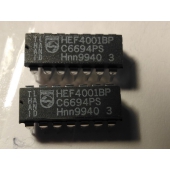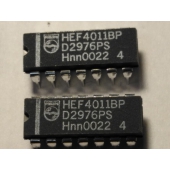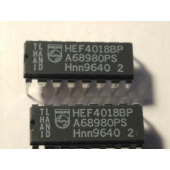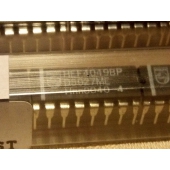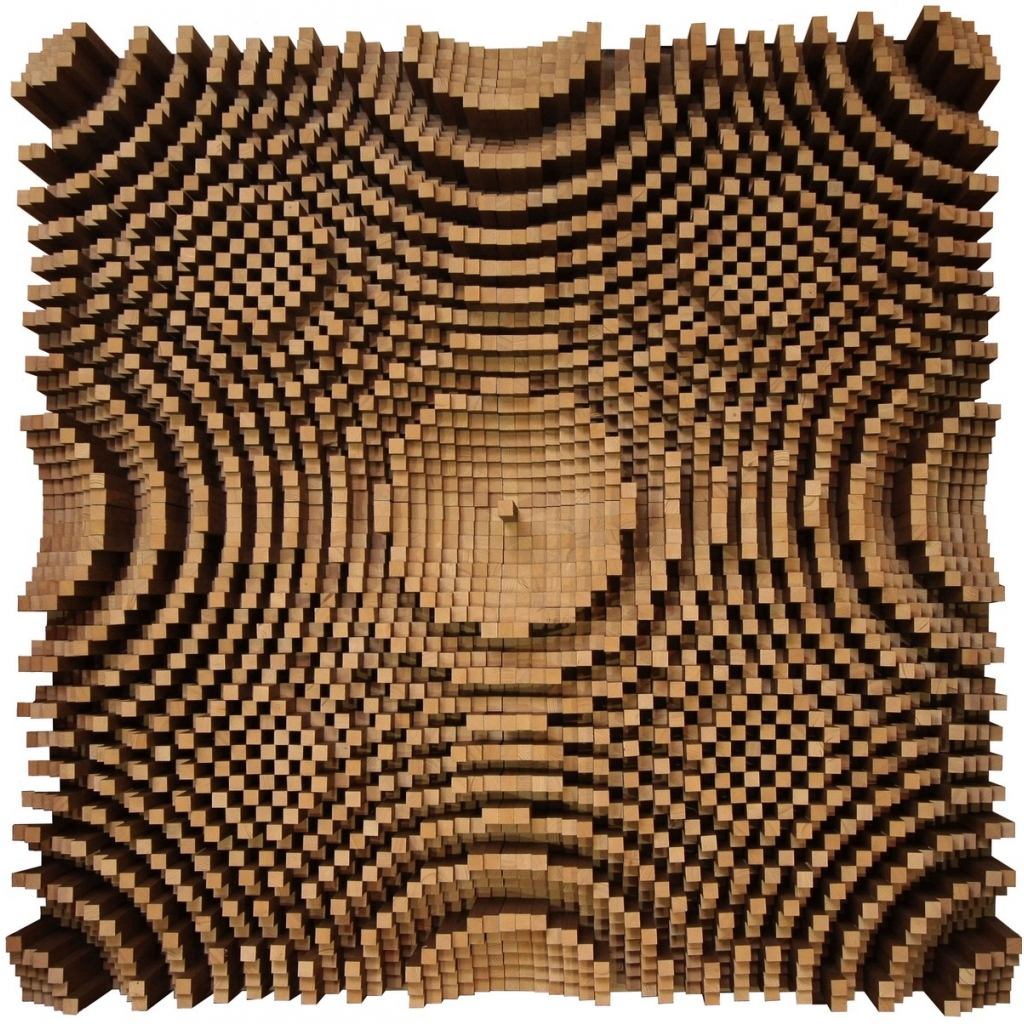
Acoustic diffuser prevents unwanted sound reflections inside the listening space and it increases its overall acoustic quality. It does not absorb the sound wave just like usual isolation does, but instead, itevenly diffuse it. The acquisition of acoustic diffuser is that it fill the listening space with sound free of any lineral reflections made by flat surfaces. Idealy, it should be placed in between speakers with its middle point located in the half of the height of the room. Upon a customer request, an inverse acoustic diffuser can be made. It should be placed behind the listener. This way, the effectivity of sound diffusion is multiplied.
The milk glass effect
The use of diffusor has got similar diffusion effect, as if a sandblasted milk glass is placed in front of light beam from a torch. The glass evenly diffuse the light beam. Exactly the same result of evenly diffused sound is achievable using the acoustic diffusor.
Acoustic diffusor – theory – history
Formula for its calculation is based on quadratic differencies of sequences from elementary number theory, which was described by mathematicians A. M. Legendre and C. F. Gauss. Quadratic diffusor’s excellent effectivness and behavior is countable and it operate in horizontal as well as vertical level
Parameters:
| Scatter from | 345 Hz |
| Number of points N | 67 x 67 = 4489 |
| Dimensions | 168 x 168 x 32 cm |
| Panel depth | 250 m |
| Minimal distance form listener | 1.4 m |
| Price | 4 600 EUR |

